Matt Weber Troublemaker at Fit For Work
Sometimes you meet a company who has thought through every aspect of their business and relentlessly perfected customer interaction to the point that you scratch your head and wonder how they achieved so much. Fit For Work is one of those companies.
In this 25 minute podcast, Matt Weber, Fit For Work’s National Director of Sales, takes us through a rapid-fire story of a company who’s been innovating in their business sector since 1998. They have one of the most clearly articulated brand statements I’ve ever seen:
“We prevent people from getting injured.”
If that statement doesn’t seem earthshaking to you, it’s because you’re not a Safety Manager, Plant Manager, or a CFO.
The Current Market
The prevailing practice is to wait for employees to come to you with an injury you can treat. Treating employees was the best and only solution out there. So, naturally, innovators within that model decided they could gain efficiencies by treating employees as quickly as possible and getting them back to work sooner. They contracted a PT or OT down the street or had them sit in a company office for 40 hours a week. While some saw reductions in injuries, the injury equation itself hadn’t changed. In tech companies this approach is called “Break/Fix.” They also wait for things to break and then they fix them. But that’s a topic for another podcast.
Safety Managers and Plant Managers keep an eye on employees who work in warehouses, distribution centers, delivery vehicles, and construction sites. Their awareness of proactive injury prevention is low. In some cases, safety personnel don’t believe Fit For Work’s claim of reducing injuries by 50% – easily proved true. Others think Fit For Work might be a threat to their jobs – easily proven false. Matt said, “There is growing awareness of a preventative approach, but it’s been slow.”

